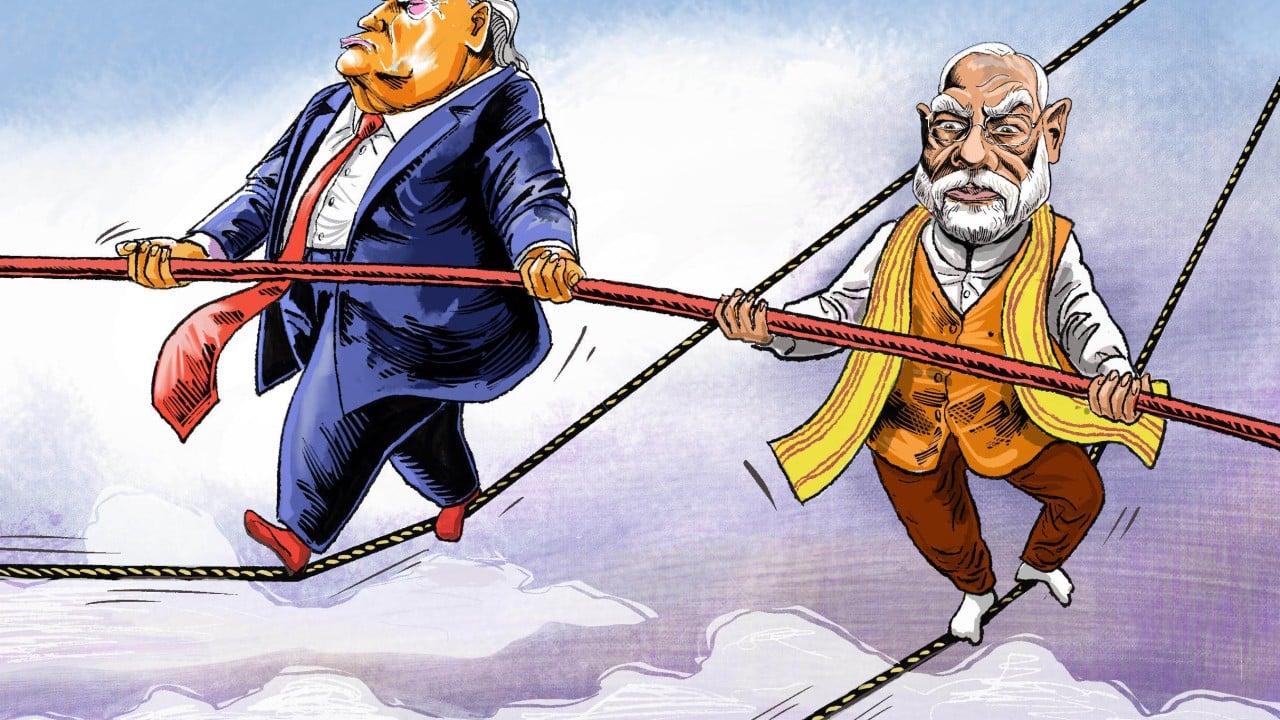The year began with promise for US-India relations. Indian Prime Minister Narendra Modi’s visit to Washington reinforced both countries’ intent to sustain the partnership’s momentum. Their personal rapport, forged during US President Donald Trump’s first term, appeared to offer political capital for a results-driven agenda. India entered 2025 buoyed by a bipartisan consensus in Washington that New Delhi was central to the Indo-Pacific balance.
Advertisement
Yet as the year closes, optimism has faded. A long-promised trade deal remains elusive, leadership-level dialogue has slowed and rhetoric has hardened. The US-India relationship is not yet in crisis, but its trajectory is uncertain. This year has revealed the need for personality-driven diplomacy to be anchored by steadier institutional ballast.
India began 2025 pragmatically by responding to Washington’s renewed focus on trade deficits. A February Modi-Trump meeting produced “Mission 500”, a plan to expand bilateral trade to US$500 billion by 2030. But momentum faltered in April when Washington imposed a 26 per cent reciprocal tariff on Indian exports. As negotiations continued, the structural gap between India’s cautious protectionism and Washington’s market-access priorities kept the two sides from clinching a deal.
Trade friction deepened when geopolitics intruded. In May, the India-Pakistan conflict ended in a ceasefire, which Islamabad credited to US mediation while New Delhi dismissed any third-party involvement. Trump has since continued to champion Washington’s decisive intervention, suggesting the threat of US trade penalties helped calm tensions.
For India, this revived sensitivities about external interference and exposed how divergent narratives complicate trust. While US Secretary of State Marco Rubio recently reaffirmed that cooperation with Pakistan would not come at India’s expense, Washington’s warming towards Islamabad remains closely watched in New Delhi.
Advertisement
In August, another blow to the relationship came as the United States introduced an additional 25 per cent tariff on Indian exports, arguing that purchases of discounted Russian oil indirectly funded Moscow’s war effort. New Delhi viewed the move as punitive but chose restraint, neither retaliating nor reducing oil imports.

